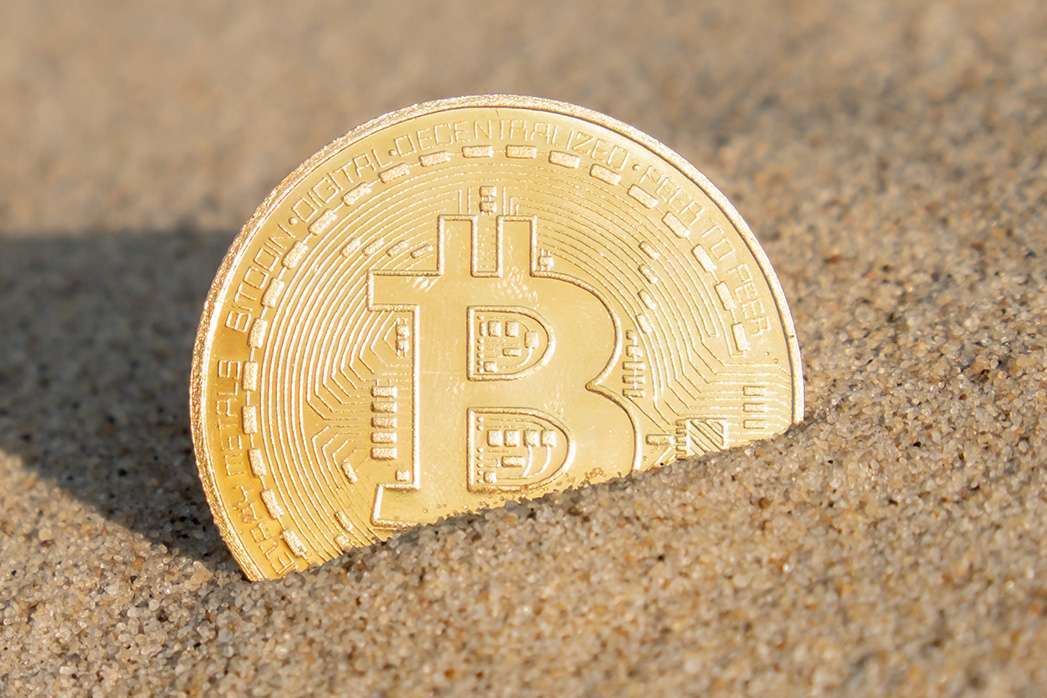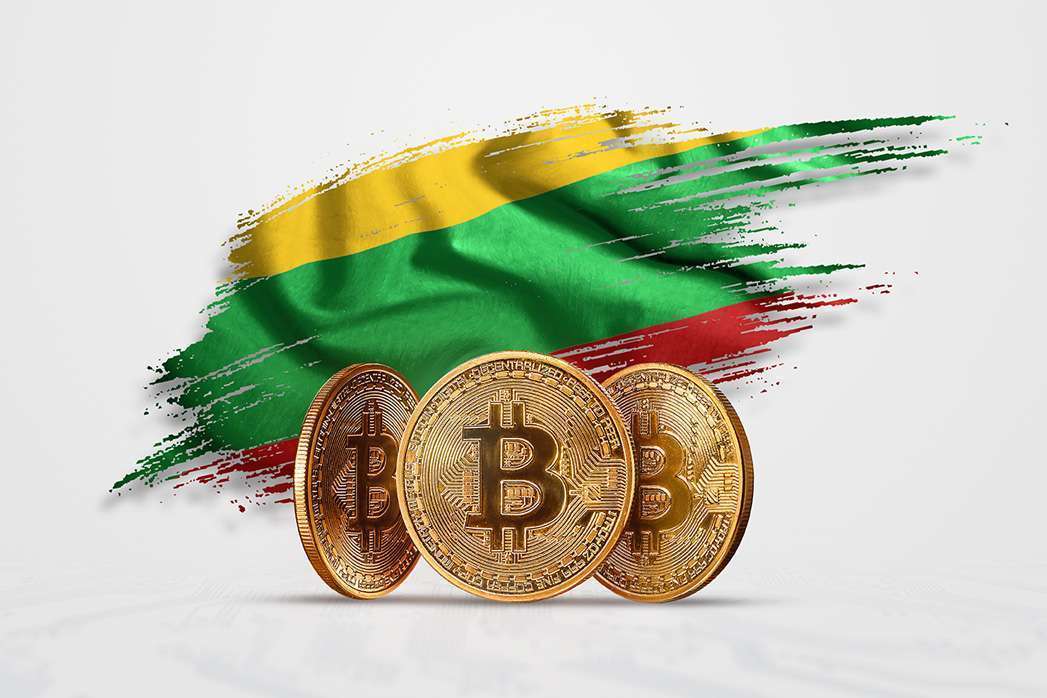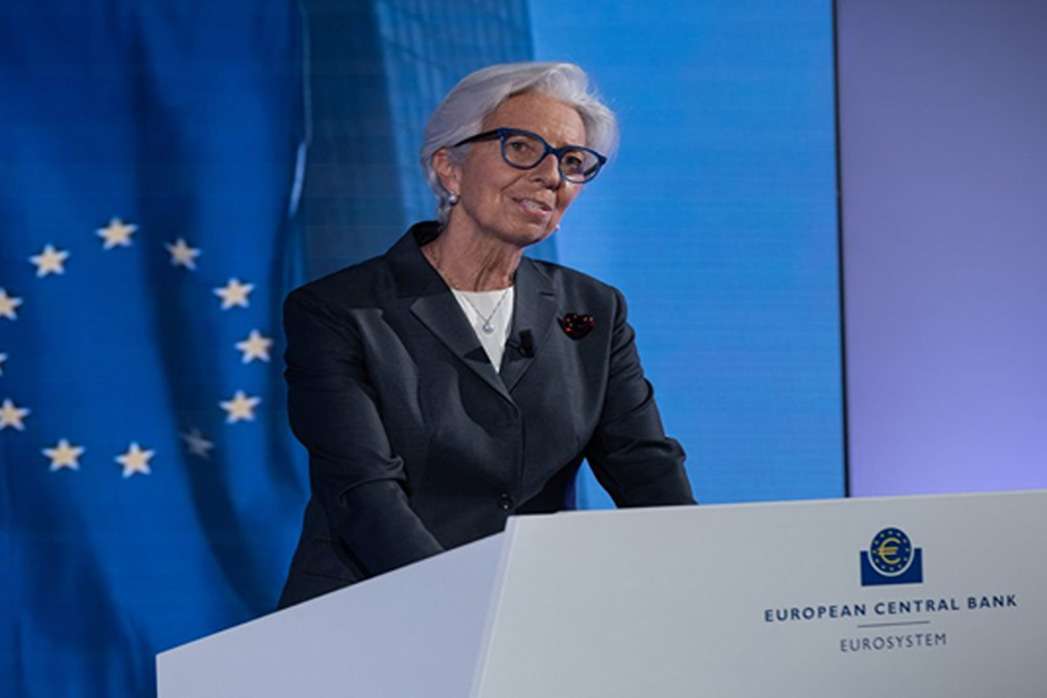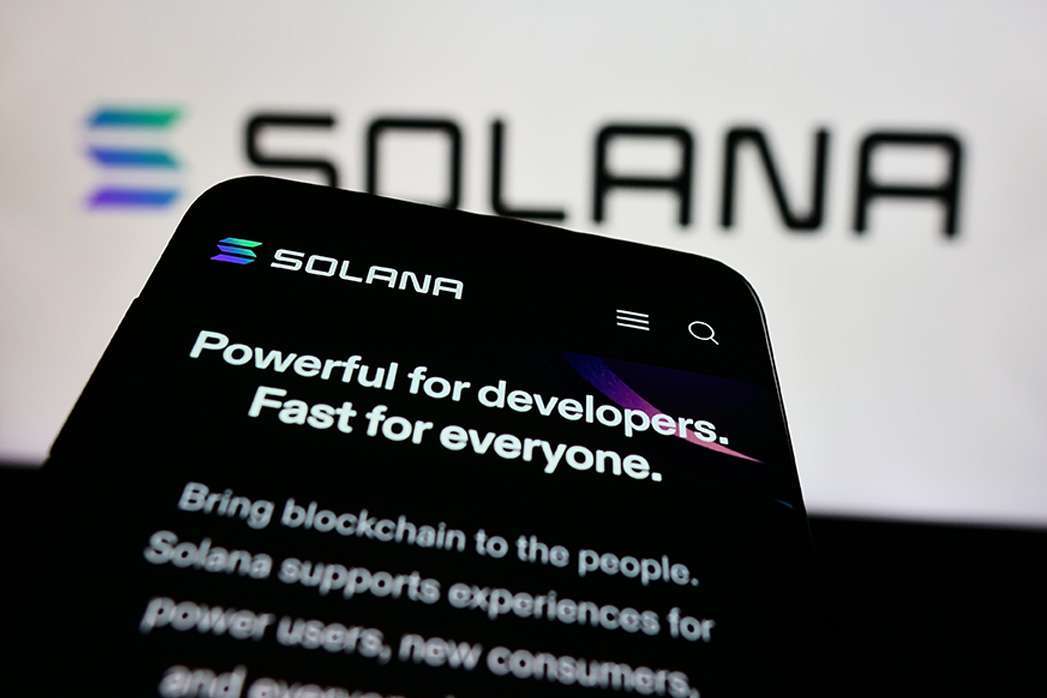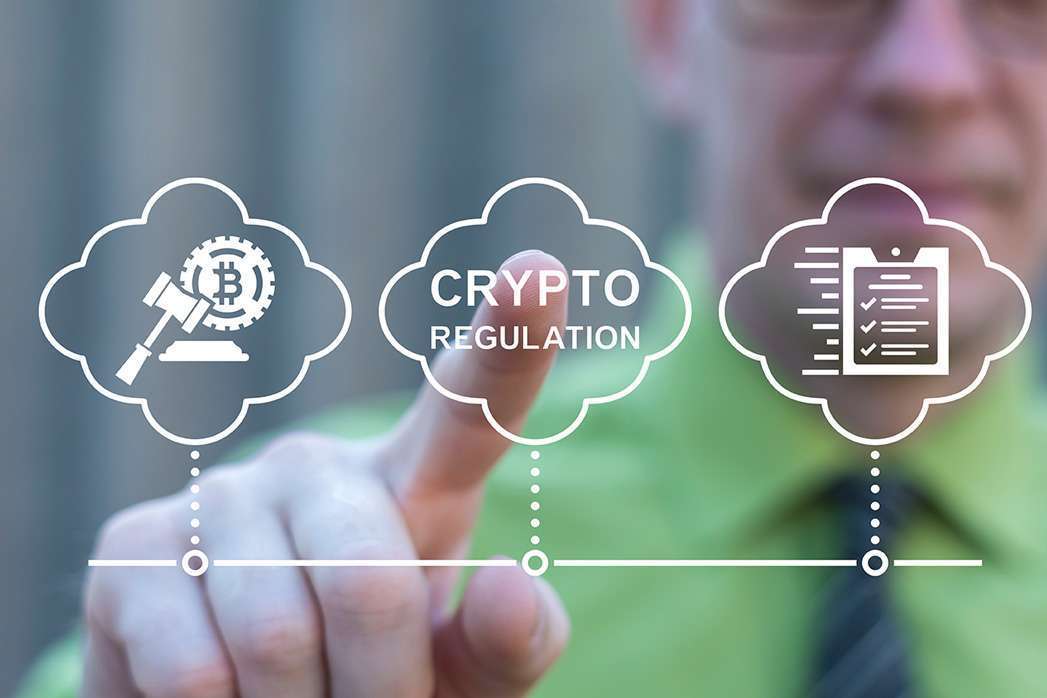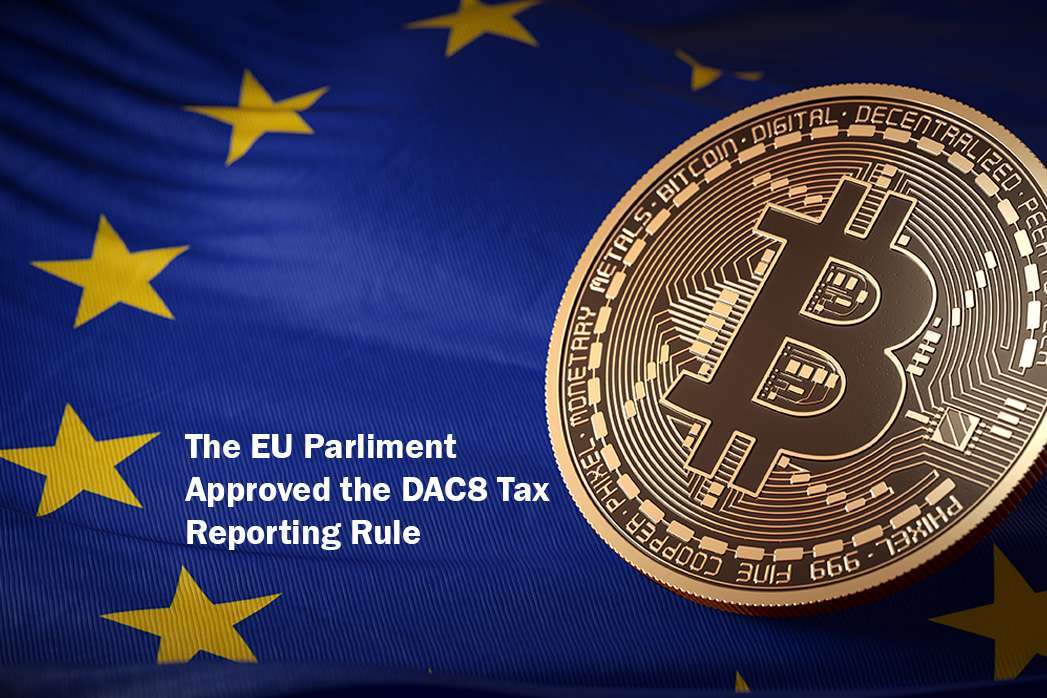Global Bitcoin Ownership at 4%: Adoption Just Beginning
A recent Bitcoin analytics firm, River Financial, reports that Bitcoin ownership resides with less than 4% of the world population. The data suggests that Bitcoin possesses vast development potential and adoption rates throughout wealthy regions.
The report shows that Bitcoin adoption has only reached 3% of its theoretical full potential at the time of writing. It is just beginning since its current state is comparable to the early Internet adoption in 1990.
Bitcoin Adoption: Regional Disparities and the Potential for Growth
The study shows significant differences in Bitcoin possession quantity between different geographic areas, tending to be highest in North America, where ownership reaches 14% and with only 1% ownership in Africa.
The study does not specify Europe’s position directly, but data indicates a heavy adoption, especially with the new MiCA-friendly regulations. This pattern reflects a broader trend: Bitcoin adoption is higher in wealthier areas where financial literacy, digital infrastructure and access to Cryptocurrency platforms are more advanced.
Global Bitcoin adoption stands to gain momentum based on the report’s recommendations, which rely on institutional and government-backed initiatives. Bitcoin holds approximately 0.5% of worldwide assets alongside extremely low institutional investment.
Barriers to Adoption
Multiple obstacles prevent Bitcoin adoption, with a lack of knowledge and concerns about secure platform acquisition being the most significant issues. Sequentially, Bitcoin adoption continues to face resistance as some people do not understand its value, and others doubt its validity because of how volatile it is and the speculation around trading this asset class. Crypto adoption rates are slow in areas that do not provide adequate financial awareness.
However, this is changing. Expanding digital asset infrastructure and increased availability of trustworthy Bitcoin trading platforms will further drive its adoption. Bitcoin ETFs continue to rise while governments and regulators provide more clarity and movements, strengthening this trajectory.
“The biggest hurdle for Bitcoin is education. Once people understand its value proposition, adoption is inevitable.” — Andreas Antonopoulos, Bitcoin advocate and author
Europe’s Role in the Bitcoin Adoption Curve
With substantial financial systems and a tech-savvy population, Europe is well-positioned to lead Bitcoin adoption. The recent push for regulatory frameworks, such as the Markets in Crypto-Assets (MiCA) regulation, aims to provide clarity and security for investors, thus creating a more stable environment for Bitcoin growth.
While Bitcoin adoption in Europe is still in its early stages, increasing institutional involvement and public awareness could push the region towards greater integration of digital assets into mainstream finance.
“With regulatory clarity, Europe has the chance to become a global leader in digital assets.” — Christine Lagarde, President of the European Central Bank
The Take Home
The report stipulates that with only 4% of the global population owning Bitcoin and institutions largely underinvested, Bitcoin is still in its infancy. However, the growth potential is immense. As crypto financial literacy advances, digital asset accessibility increases, and institutional investments rise, Bitcoin adoption will surely accelerate across the globe.
In Europe, the coming years are vital for determining whether the region will lead the next wave of financial innovation or watch from the sidelines as others drive Bitcoin’s mainstream adoption forward.
Image Source: Adobe Stock
Disclaimer: This article is purely for informational purposes. It is not offered or intended to be used for legal, tax, investment or financial advice.


